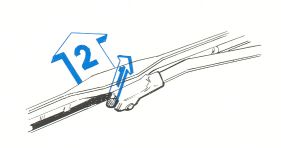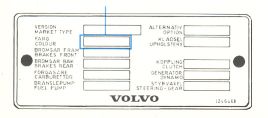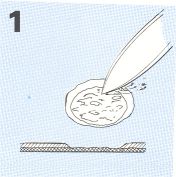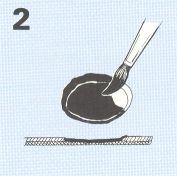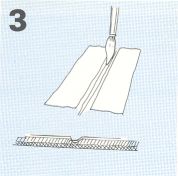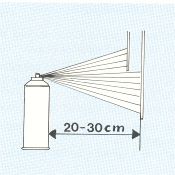Body care
To avoid corrosion, especially when salt and chemicals are beingused on the roads, the car should be washed as soon it becomes
dirty.
hot water is recommended.
NOTE: Test the brakes immediatelt when driving to remove water.
Decoration moulding should be cleaned with polish (do not use
rubbing compund or steel wool). For chromed parts use com-
mercially available chrome cleaners.
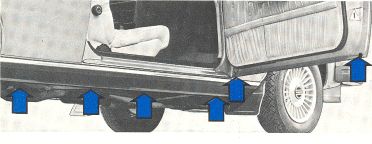
Drain holes
Machine washing
Hand washing is superior to carwash machine washing. However, itmachine washing, remember to lower the antenna mast.
Cleaning the upholstery
To clean leather upholstery, use soft cloth and mild soap solution,for instance comman bath soap.
For more difficult spots, consult an expert for the choise of cleaning
agent.
When aging, leather changes appearance, but the typical texture
remains. To preserve smoothness and appearance, but the typical texture
remains. To preserve smoothness and appearance, it is recommended
to treat the leather with a special preservative after on or two
years of use.
Seat belts
Clean only with mild soap solution and lukewarm water.Floor mats
The floor mats should be vacuumed or brushed clean regularly, espe-cially during the winter when they should be taken out for drying.
Spots on textile mats can be moved with a houdehold detergent.
For plastic or leather upholstery never use gasoline, kerosene or similar cleaning solutions. The material will be damaged. |
